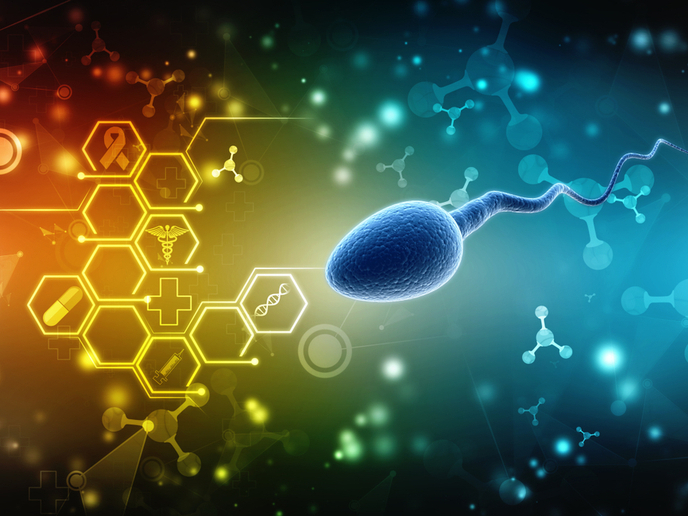Elucidating membrane proteins
The advantage of using solid-state NMR is the straightforward sample preparation and the fact that studies can be done in biologically relevant phospholipid environments. Along with neutron methods, they could provide pertinent structural information on protein/lipid aggregates. Scientists of the 'Neutrons for membrane protein structure, interactions, and assembly' (NEMPSIA) project worked on elucidating the structures of antimicrobial peptide complexes, lipid II–peptide complexes and membrane proteins on filamentous bacteriophages. These biomolecules were selected for their putative significance in developing antibacterial solutions. Antimicrobial peptide complexes could be used to develop novel antibiotic and other bactericidal agents that do not carry the risk of producing drug-resistant 'superbugs' like methicillin-resistant Staphylococcus aureus. The commercially available lipopeptide daptomycin is one such example. Scientists successfully characterised its aggregate structure and dynamics using SANS, quartz crystal microbalance and neutron reflectivity experiments. Two manuscripts are currently under preparation as a result. Disrupting bacterial cell wall (CW) synthesis is also an effective measure for fighting bacterial infections. Lipid II is a key component of the bacterial CW, but we have limited data on its structure. Scientists devised a protocol and produced deuterated lipid II for neutron reflectivity studies and preliminary data is already available. Cellular functions require the formation of multi-component macromolecular complexes, but this assembly process is poorly understood. Researchers attempted to study the assembly of the major coat protein p8 in the filamentous bacteriophage called B5 phage associated with gram-positive bacteria. Scientists managed to produce adequate quantities of B5 filamentous phage and imaged them using electron microscopy. Project activities have increased our knowledge about certain membrane proteins' structure, interaction and assembly, and developed tools that are useful for future research. This should prove invaluable in designing antibacterial drugs that are unlikely to produce drug-resistant bacterial strains over time. The associated health care burden of such drug-resistant infectious strains will be considerably reduced as a result.







